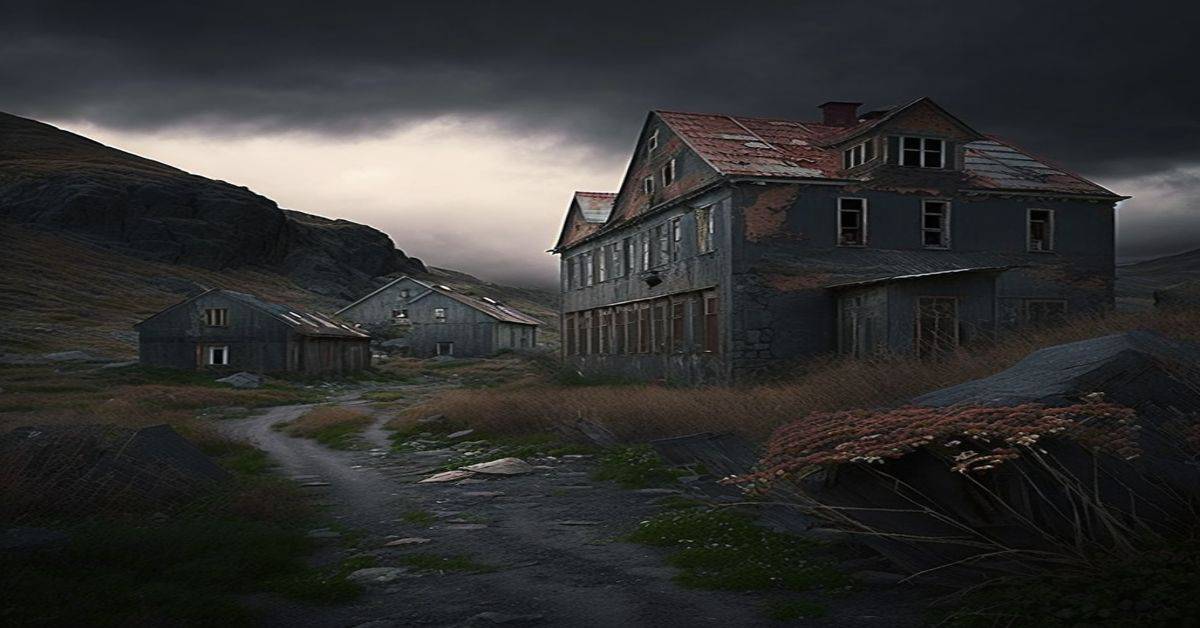Nestled within the heart of Largo, Florida lies a once-thriving town that has long been forgotten. Anona, founded in 1883 by Capt John Thomas Lowe, was known for its sweet apples and railroad trestle. The town eventually disappeared and became a part of the larger area of Largo. However, the remains of Anona can still be found in Pinellas County Heritage Park, which houses the Lowe House, Barn, Anona Cemetery, and the 1900 Anona School.
Discovering Anona offers a glimpse into the rich history of a forgotten town and the pioneers who helped shape it. From its humble beginnings as a small town known for its sweet apples and railroad trestle, Anona has come to represent a forgotten piece of history within Largo, Florida. While the town may have disappeared, its remains remain preserved in Pinellas County Heritage Park.
Here, visitors can explore the Lowe House, Barn, Anona Cemetery, and the 1900 Anona School, gaining insight into the lives of those who once called this place home.
In this article, we will delve into the history of Anona, explore the remains of this ghost town, and uncover the stories of the pioneers who made it their home.
Key Takeaways
- Anona was established in 1883 by Capt John Thomas Lowe and was named after the Anona sweet apples brought to the area from Key West.
- The town had a post office, railroad trestle, and two church buildings, but eventually disappeared and became part of the larger area of Largo.
- Pinellas County Heritage Park now houses the remains of Anona, including Lowe House, Barn at the Heritage Park, Anona Cemetery, and 1900 Anona School.
- Randolph Farms now owns most of the original Anona and the Griswald General Store area, previously located at the landing and used for the post office, once stood at the corner of Indian Rocks and Siesta.
Location and History
The location and history of Anona, a ghost town situated at the corner of Indian Rocks Road and Siesta Road in Largo, Florida, encompass the founding of Lowe’s Landing by Captain John Thomas Lowe in 1883. The town was named after the Anona sweet apples that were brought from Key West.
Anona’s notable landmarks include the construction of the first church/schoolhouse in 1873 on land donated by Lowe, and establishing the first post office in December 1883, with Jefferson Lowe as the first postmaster. Additionally, Anona had a railroad trestle where The Dinky spur railroad crossed over to the island until 1928.
The first church service in Anona was established in 1872 by settlers and circuit riding preacher Rev. John Wells. The second church building in Anona was built in 1882 and is still part of the current Methodist church’s youth building. The present structure of Anona School was built in 1918.
Anona eventually disappeared and became part of the larger area of Largo. However, the town is remembered through the church and cemetery where many of the original pioneers are buried. Pinellas County Heritage Park is located in Anona, and the remains of the town include Lowe House, Barn at the Heritage Park, Anona Cemetery at the Anona United Methodist Church, and 1900 Anona School.
Church and Cemetery
Located within the remnants of a once-thriving settlement in the state, the church and cemetery of Anona bear witness to the community’s early religious and social practices.
The Anona United Methodist Church, established in 1872, was the first church in the area, and its original rough board church/schoolhouse still stands today.
The church’s second building, constructed in 1882, is now part of the current Methodist church’s youth building.
The cemetery located on the church grounds is the final resting place of many of Anona’s pioneers, including Captain John Thomas Lowe, who founded Lowe’s Landing in 1883, and the first postmaster, Jefferson Lowe.
Visiting the church and cemetery evokes a sense of nostalgia and reverence for Anona’s legends.
The church’s simple, rustic design, and the headstones of the pioneers buried in the cemetery, offer a glimpse into the community’s past and its values.
The church and cemetery serve as a reminder of the ways in which early settlers established a sense of community and belonging, grounded in a shared faith.
Today, the church and cemetery continue to be an essential part of Anona’s heritage and testament to the town’s resilience and determination.
Remains and Heritage Park
Nestled within the remnants of a once-thriving settlement in Largo, Florida, the remains of Anona include a historic barn, cemetery, school, and Lowe House, which offer a glimpse into the town’s past and serve as a time capsule of a bygone era.
The Lowe House, built in 1883, is a two-story structure that was once the home of Captain John Thomas Lowe, who established Lowe’s Landing in Anona. Today, the home is preserved and open to visitors as part of the Pinellas County Heritage Park, which serves as a historical and educational attraction for locals and tourists alike.
In addition to the Lowe House, the Heritage Park also features the 1900 Anona School, built to replace the first rough board church/schoolhouse established in Anona in 1873. The school is also open to visitors and offers a unique glimpse into the educational system of the past.
The Anona Cemetery, located at the Anona United Methodist Church, is another important remnant of the town’s history. It serves as the final resting place for many of the original pioneers and settlers of the area.
Overall, the Heritage Park and its various landmarks provide an opportunity to step back in time and learn about the rich history of Anona.
Frequently Asked Questions
What led to the decline and disappearance of the town of Anona?
Anona declined due to economic and environmental factors. Industries that supported the town declined, and natural disasters impacted the changing landscape. The town disappeared and became part of Largo, remembered only through its church and cemetery.
Are there any known ghost stories or paranormal activity associated with Anona?
There are no known paranormal experiences or local legends associated with Anona. The town is only remembered as a historical site with its remains at Pinellas County Heritage Park, including the cemetery, school, and Lowe House.
Have any efforts been to preserve or restore any remaining structures in Anona?
Efforts for preservation have been made for the remaining structures in Anona due to their historical significance. Anona Cemetery, Anona School, Lowe House, and the Barn at Heritage Park are examples of preserved structures.
What other notable events or landmarks are located near Anona?
Nearby attractions to Anona include the Florida Botanical Gardens, Heritage Village, and Belleview Biltmore Resort and Spa. The historical significance of Anona lies in its establishment by Capt. John Thomas Lowe and its early post office and church.
What was the demographic makeup of the original settlers in Anona, and what industries did they primarily work in?
The original settlers in Anona were white farmers and fishermen working in agriculture, fishing, and shipping industries. Their demographic makeup reflects the historical significance of Anona, which was once a thriving town in Pinellas County.


